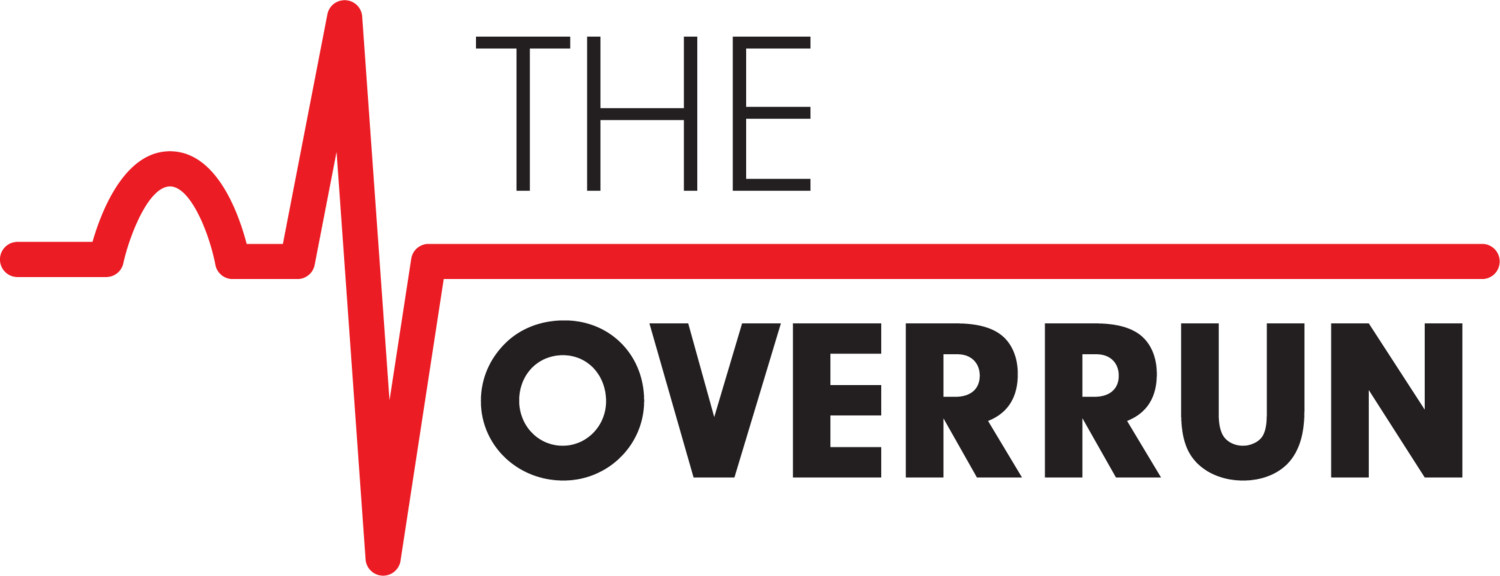Declaring Independence
The status quo has changed.
Surely, we’ve all heard that from one healthcare organization in some form. “Here at Jimmy’s House of Medicine our brand of medicine is different” and we’ve all heard the classic trope of “We’re not co-workers, we’re family.” I can say for the duration of my career I’ve heard my various employers parrot the same empty rhetoric about how the way they do things is “moving medicine forward” or extending another platitude that their system or service is superior to the other by using some tired wordplay like “Moving at the speed of life.” We use these recruiting tools to bring people into our hospital systems, and then we expose them to the same exhausting, short-staffed, long-hours, toxic work environments that we’ve all gotten used to. Then a new generation of employees come in, and the cycle perpetuates. We often talk about the need for things to change, but then we never act on it. I submit that this lack of change is often to do a systemic lack of will. That is, organizations writ large are fearful of change so they elect to do nothing and offer non-answers as solutions. Of course, this is done while saying the organization will always do whatever it can to stay current.
Suicide in EMS: Same as It Ever Was
An old friend of mine killed herself last night. She wasn’t the first. She won’t be the last.
Read that again.
In EMS, we know depression, stress and suicide to be among the highest in any industry in the United States. We know these statistics, but we continue to do little about it. Why is that? Why are we so convinced that the simply researching this issue is significant enough to cause a change in our culture? We’ve already determined that suicide rates among EMS providers is exponentially higher than the general population[1] and we continue to provide lip service to the importance of mental health in our profession without committing to any real change. But as long as all our charts are completed on time, our employers are happy.
What's the right airway to use? - Ed Bauter
We’ve all been there. The cardiac arrest that may or may not have a positive outcome depending on what we do as providers. We know that walking into an arrest, our goal is to help the patient in any way that we can, and to get them to walk out of the hospital and home to their family. On paper, this is an easy thing to do. Hell, it’s our job. It’s what we do every day. But with the mountain of data that’s been coming out over the past year or so, it can be difficult to know what “the right thing” actually is. Sure, we always tryto do the right thing, but how can we be sure? What if I intubate someone and find out a week later that it wasn’t the right intervention? When do we use an endotracheal tube, or a supraglottic airway? What about a BVM? Should I RSI this patient? What about a DSI? If I do either of those and I fail, what’s my back up? These are all questions that are certainly valid and worth exploring. Let’s dive in.
A brief history of medical wearables- Ed Bauter
Thomas Jefferson wore the first pedometer
Yes, that Thomas Jefferson. While walking through the streets of Philadelphia, and later at his home in Monticello, Thomas Jefferson never stopped his pursuit of knowledge. Jefferson was someone who loved to measure things. So, after the tools were available to make a measurement device to track his steps, Jefferson went about making the first pedometer. He took so much pleasure in this device that he sent one to James Madison in 1788 with instructions on how to customize it.
What I Wish I Knew in Medic School- Ed Bauter
This series so far has focused on clinical applications and knowledge gaps between the classroom and the application of medicine in the pre-hospital environment. Certainly, these are important topics, and it’s something we at The Overrun will continue to explore; but I wanted to take a slightly different approach to this entry. I’m going to take about the social aspects, and indeed the life changing aspects that medic school had for me.
What's the big deal with the Paramedic2 Study? - Ed Bauter
What’s the big deal with the Paramedic2[1] study?
Key Points
· 8014 patients enrolled in a UK study of out-of-hospital cardiac arrest
· Randomized, double-blind, placebo controlled study
· 5 centers in the UK from December 2014 to October 2017
· 30-day survival was higher in the group receiving epinephrine than placebo
· Patients who received epinephrine had worse neurologic outcomes
Why do we do what we do? - Ed Bauter
In a previous podcast we discussed career mobility. What we found was that there is truly very little opportunity for someone to work as an EMT or as a paramedic for the length of a career without needing a second job or changing careers entirely. We tend to bring people into the industry, train them for the equivalent of five weeks, and then send them on their way hoping that they’ll find whatever vague destiny awaits them. You see this romanticized in movies when a character is placed on a sheet of ice or a small boat and sent away from their village to live a better life. In the movies, of course, this tactic works well. But this career, this profession, is not the movies.








